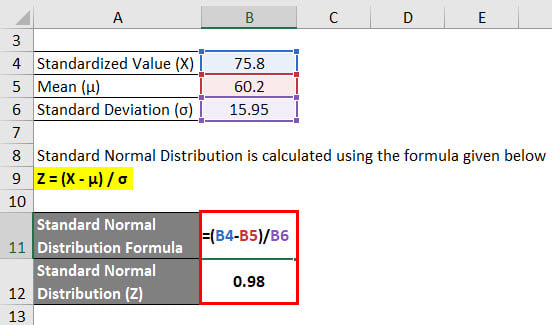

Practical Application: Probability calculations in Excel have real-world applications in various fields such as finance, marketing, and operations, making it a valuable skill for career development.By documenting your formulas and inputs, you can easily share your calculations with others, ensuring transparency and facilitating collaboration. Reproducibility: Excel's formula-based approach ensures that probability calculations are easily replicable and auditable.Versatility: Excel's versatility allows you to seamlessly integrate probability calculations with other data analysis tasks, enabling a holistic approach to understanding and interpreting probabilities.Built-in Functions: Excel provides a wide range of built-in functions specifically designed for probability calculations, eliminating manual calculations and ensuring accuracy.Here are the key reasons why Excel is the preferred tool for probability calculations: By definition, probability in Excel refers to the likelihood of an event occurring Why Use Excel to Calculate Probability?Įxcel is an excellent choice if you're interested in learning probability calculations. As a versatile spreadsheet software, Excel offers many tools and functions to quantify and analyze uncertainty.

Probability, a fundamental concept in statistics and decision-making, finds its rightful place within Excel. From simple scenarios to intricate simulations, learn to employ probability functions like RAND, RANDBETWEEN, and COUNTIF through practical examples.
CALCULATING NORMAL DISTRIBUTION PERCENTAGES IN EXCEL HOW TO
You'll explore how to use Excel's robust tools to calculate probabilities, generate random numbers, and analyze data.

This is an interactive guide to understanding and applying probability in Excel.


 0 kommentar(er)
0 kommentar(er)
